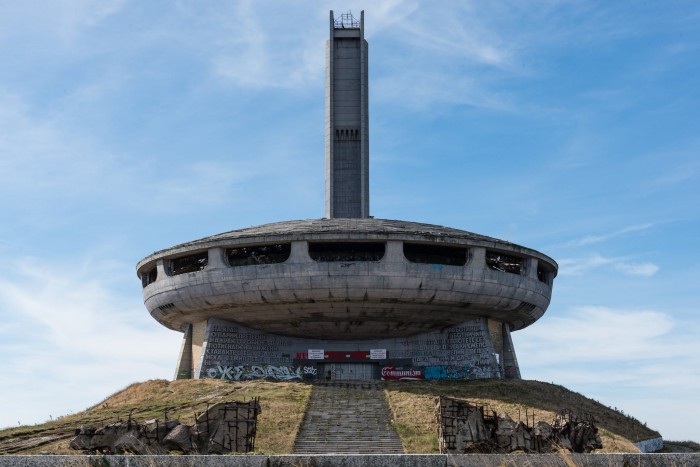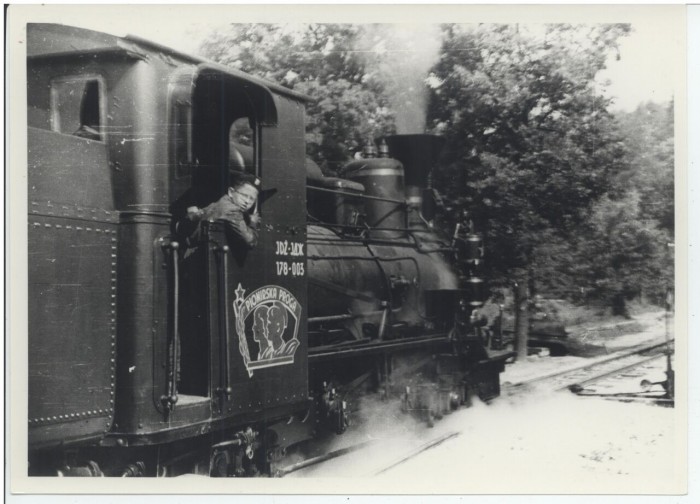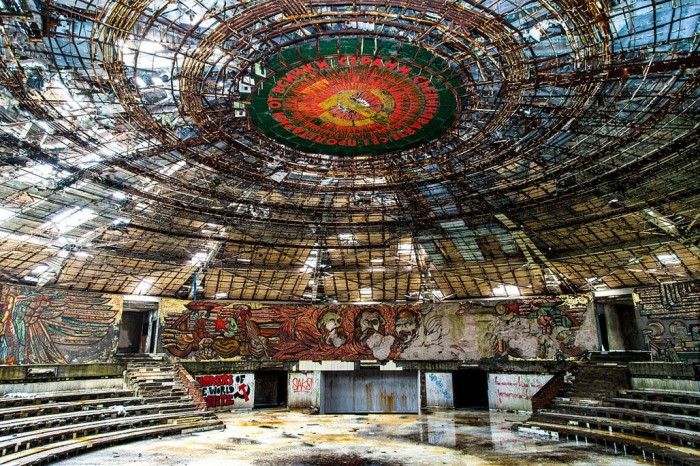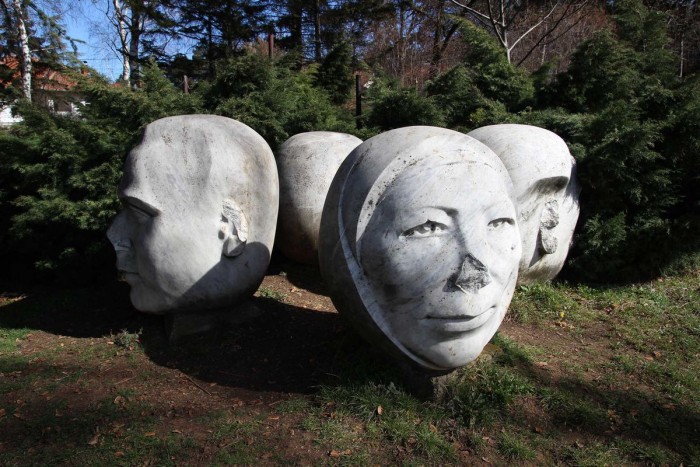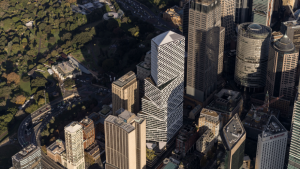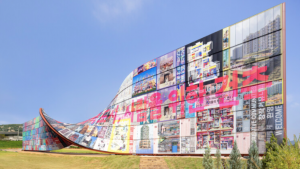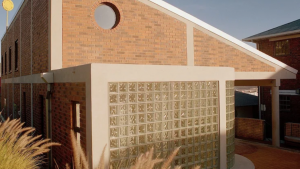In the 21st century the human race is bearing witness to the 4th Industrial Revolution. We’re witnessing an increasing integration of smart machinery in our daily lives, access to unlimited sources of information, as well as the fusing of the physical, biological and digital environments.
Every day new designs are created to improve the way we do things and produce things. However, as we fast-track into the future, our past and the way it has been documented has come into question.
Over the last couple of years we’ve seen the destruction of statues, memorials and monuments that were once proud possessions of the states they belonged to and the people they honoured, most notably the fall of the Cecil John Rhodes statue at the University of Cape Town and the removal of several statues honouring Confederate soldiers in the US.
While these structures were actively destroyed or removed, many other monuments around the world have been laid to waste and neglected and their histories forgotten along with them.
Martin Bricelj Baraga and Neja Tomšič of the Nonument Group are trying to save some of the world’s forgotten monuments.
Bricelj Baraga and Tomšič, together with a team of researchers and artists, have set out to scan, plot and archive the once great monuments and public spaces that have fallen into disrepair around Europe.
The art collective then stages artistic expressions and exhibitions in these spaces as a collective attempt to bring attention to the architectural and archaeological heritage of our societies.
The group’s database features about 120 different public spaces and monuments across Europe. One of the monuments the Nonument Group is trying to preserve and bring attention to is the Pioneer Railway in Ljubljana, Slovenia.
The Pioneer Railway was one of several railways that were operated by children as part of an educational exercise by communist-led countries in Europe’s eastern bloc.
The railway opened in 1948 as a way to get kids interested in technology and engineering. However, the railway shut down a few years later due to a change in the political climate of Yugoslavia. Today only a bicycle lane remains.
Earlier this year, the group staged an artistic performance along the old railway line. The track was lit up with a light and sound installation, and dancers donning glow sticks illuminated the former Pioneer Railway.
The team have now set their sights on Bulgaria’s former tribute to communism, the Buzludzha Monument. Shaped like a UFO, the Buzludzha Monument served as the memorial house of the Communist Party towards the end of the 20th century.
However, according to the researchers, the monument was abandoned 10 years later and has since then fallen into disrepair and has been occupied by vagrants.
The group plans on hosting an art intervention later this year to try and save the monument from being demolished. However, at the same time they are creating interactive virtual reality models of the sites in the event that they are unable to save the physical ones.
Ultimately, according to the group’s website, the Nonument Group are attempting to dissect and understand the memory and context of these monuments. Often monuments and statues may lose their meaning and significance over time, rendering them either irrelevant or opposing the present ideology of the environment in which they find themselves.
However, whether these structures are destroyed or not, the history behind it cannot be destroyed. Using the art interventions and exhibitions, the group are trying to diminish the tension and change the public perception of these spaces.
Read more:
Theatres are evolving to reconnect us to each other and the environment
Ensamble Studio is at the forefront of architecture, art and academic research

